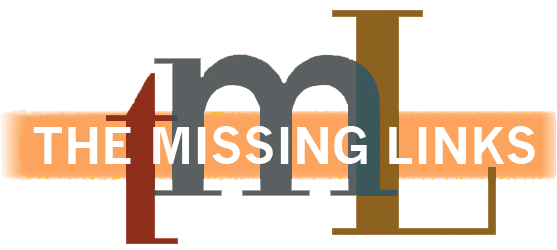Some Signs of Dyslexia
|
Dyslexia is a general term that covers a great many causes, but basically it means that the person has difficulty reading, usually designated as a ‘language-based learning disability.’ There is no one cause, and sometimes the cause cannot be identified. However, many of the causes of dyslexia can be overcome with proper tutoring and work to overcome the particular difficulty. Because of the multiplicity of causes and manifestations of dyslexia, there is no ‘one size fits all’ method, and rigid education programs usually do not help deal with the fundamental problems that an individual is facing. For the same reasons, there are no drug treatments for dyslexia. While some pharmaceutical approaches can help with some of the factors that contribute to a student having problems with reading, there is no magic treatment that fixes the problem. The only workable solution is to help the person with dyslexia overcome their particular set of circumstances. With correct diagnosis and individualized tutoring, this can often have remarkable results (see the Testimonials page). Dyslexia is usually first seen in children when they are learning to read, and if not treated will remain into adulthood. About 20% of the population is affected by some form of dyslexia, so if you or your child is dyslexic, you are not alone. Many dyslexics are extremely gifted and successful people, and helping them overcome their dyslexia can provide far easier access to their talents and gifts. |
 |
So what are the signs that someone may have dyslexia?
 Are they struggling with reading or spelling?
Are they struggling with reading or spelling?
 Have they been diagnosed with an auditory or visual processing disorder?
Have they been diagnosed with an auditory or visual processing disorder?
 Do they have:
Do they have: difficulty with rhyming?
difficulty with rhyming? difficulty with matching the sounds with the appropriate letter—especially short vowels?
difficulty with matching the sounds with the appropriate letter—especially short vowels? difficulty with blended speech sounds?
difficulty with blended speech sounds? difficulty with sight word identification and fluency?
difficulty with sight word identification and fluency? difficulty with short-term memory and recalling multiple steps or instructions?
difficulty with short-term memory and recalling multiple steps or instructions? slow processing of visual and auditory information?
slow processing of visual and auditory information? difficulty articulating speech sounds?
difficulty articulating speech sounds? delayed development of oral language?
delayed development of oral language? a tendency to be easily distracted and restless?
a tendency to be easily distracted and restless? a family history of reading difficulty?
a family history of reading difficulty? difficulty with comprehension (among older students)?
difficulty with comprehension (among older students)?
None of these signs are definitive of dyslexia, but several signs can indicate that the person has reading difficulties and some assessment should be made.
Early identification and intervention are extremely important for helping people with dyslexia. Research in dyslexia indicates the following:
- 20% to 30% of school-age children have difficulty learning to read;
- students who wait until the 4th grade to get help take four times longer to improve than those receiving help in kindergarten;
- 67% to 90% of at-risk readers achieve average to above average reading skills if they receive early intervention; and
- 75% of children who do not receive intervention before age 9 will continue to struggle in school, and fewer than 2% will attend a 4-year college.
The Orton-Gillingham Approach
This approach was developed in the early 1930s through a collaborative effort between Anna Gillingham, an educator, and Dr. Samuel T. Orton, a neuropsychiatrist. It is language-based, multi sensory, structured, sequential, cumulative, cognitive and flexible. In addition, it provides on-going feedback and positive reinforcement.
The Orton-Gillingham Approach is an intensive, sequential phonic-based system that teaches the basics of word formation before whole meanings. The approach accommodates and uses the three learning modalities, or pathways, through which people learn—visual, auditory and kinesthetic. Unlike some scripted and rigid reading programs, the Orton-Gillingham Approach is a system that allows for considerable flexibility.
Students having difficulty with reading and spelling benefit from Orton-Gillingham’s multi-sensory component, which incorporates simultaneous use of tactual, auditory and visual instruction. In addition, the Orton-Gillingham Approach allows for ample repetition and ‘rehearsal’ of new information.

